December 25, 2024 | 01:31 GMT +7
December 25, 2024 | 01:31 GMT +7
Hotline: 0913.378.918
December 25, 2024 | 01:31 GMT +7
Hotline: 0913.378.918

A scientist checks crops grown in an indoor environment.
The two major challenges facing food production are its dependency on weather conditions and the need for large tracts of arable land. But a new study is offering a glimpse into a future where we might not need either.
Researchers have developed a method called electro-agriculture, which uses renewable energy and carbon dioxide to grow crops indoors. This innovative approach could transform farming as we know it—and perhaps even allow astronauts to grow food in space.
If we grew all the food in the US using this approach, farmland requirements could drop by 94 percent, the researchers claim.
“The technology enables food production in vertically integrated systems, reducing the land requirement for traditional crop cultivation. For example, if fully implemented in the U.S., electro-ag could potentially reduce agricultural land use from 1.2 billion acres to just 0.14 billion acres,” Feng Jiao, one of the study authors and a professor at Washington University in St. Louis (WashU), told ZME Science.
Such dramatic reductions in agricultural land would free up vast areas for ecosystem restoration and carbon sequestration.
Most edible plants produce their food through photosynthesis, a process in which they capture sunlight and use its energy to turn carbon dioxide from the air and water from the soil into glucose —- a type of sugar that provides energy to plants. However, a major challenge with photosynthesis is that it is a highly inefficient food production method, converting only about one percent of sunlight into glucose.
“Photosynthesis inherently has a low solar-to-food energy conversion efficiency, typically only about 1%, which limits the productivity of conventional agriculture,” Feng said.
Additionally, traditional farming occupies nearly half of the world’s habitable land, contributes to high greenhouse gas emissions, and is sensitive to climate conditions. This makes it difficult to sustain photosynthesis-driven food production amid changing weather patterns.
Electro-agriculture on the other hand, uses renewable energy from sources like solar cells to convert CO2 (from the air) into acetate. Plants can use this acetate to fulfill their carbon and energy requirements without relying on sunlight or large amounts of land because the process can be scaled vertically.
“Electro-agriculture can be integrated with plants by feeding them acetate produced from CO2 electrolysis. Genetic modifications may be required to optimize plants for acetate utilization, enabling them to bypass photosynthesis and use acetate for energy and biomass production through the glyoxylate cycle,” Feng added.
The glyoxylate cycle is the process that many bacteria, fungi, and plants use to make food in the dark. According to the researchers, real-world testing has shown promising results; for instance, a proof-of-concept electro-agriculture system demonstrated a fourfold increase in energy efficiency over photosynthesis.
If you live in a developed country, there’s a good possibility you’re bearing the brunt of food inflation and widespread pesticide contamination. If you’re a farmer from an underdeveloped part of the world, you’re most certainly feeling the sting of climate change.
However, once implemented on a large scale, electro-agriculture has the potential to help solve most of these problems. It can make food production more sustainable by significantly reducing the environmental impact of agriculture. Moreover, it could stabilize food prices by making food production less dependent on weather conditions —- improving food security, especially in regions with harsh climates or limited arable land.
However, this approach is not perfect and comes with some limitations. For instance, it would require significant energy input and an uninterrupted supply of electricity. This could be very challenging in a world where technologies such as artificial intelligence, quantum computing, and electric charging stations are competing for energy.
Large-scale implementation of electro-agriculture would also require setting up giant vertical farms, which require heavy up-front investments and a lot of development time. But before any of this happens, researchers need to show that this technique is 100 percent feasible and scalable.
“The readiness level of electro-agriculture is not yet sufficient for wide-scale commercialization, as more work is needed to improve the stability of CO2 electrolysis systems and enhance the metabolic pathways in plants,” Feng told ZME Science.
Still, the concept holds promise. With further research, electro-agriculture could become a crucial tool in making food production more sustainable, efficient, and secure for a world facing a rapidly changing climate.
The study is published in the journal Joule.
(ZME Science)
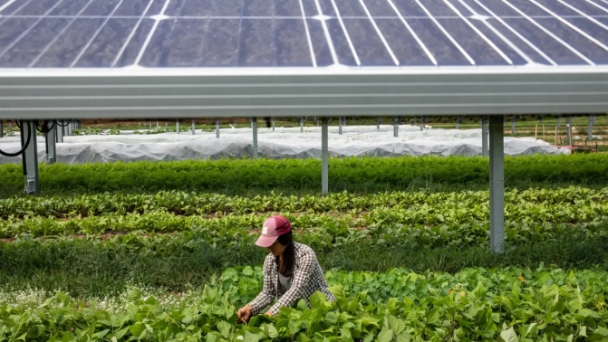
(VAN) Agrivoltaics combines solar energy and agriculture, enhancing land productivity and addressing climate change while ensuring food security.
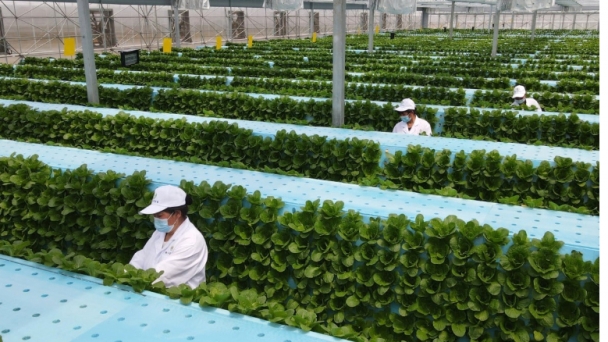
(VAN) China has reduced fertiliser use for eight consecutive years since 2015 and yet the country's agricultural output has steadily increased with 2024 grain production hitting a historic high.

(VAN) Equatic is among a wave of start-ups exploring how the ocean could be harnessed to capture and store carbon. But not everyone is sure it's such a good idea.
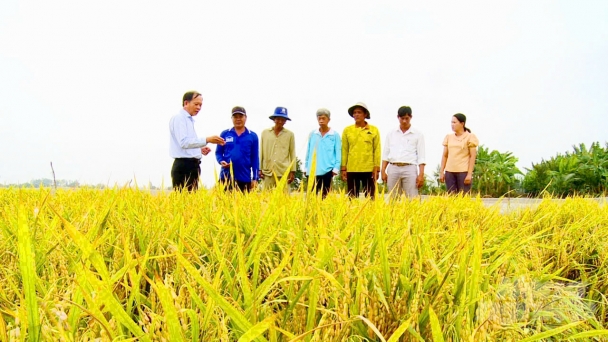
(VAN) An Giang has over 300,000 farmers directly engaged in rice production and 229 cooperatives playing a pivotal role in the implementation of the One Million Hectares of High-Quality Rice Project.
/2024/12/18/1550-3-080744_656.jpg)
(VAN) C.P. Vietnam continues to accompany Dong Thap province to build green embankments to protect land and prevent landslides on river banks in 12 districts and cities.
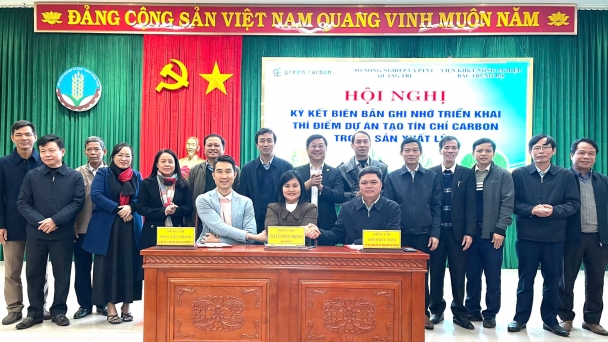
(VAN) The Quang Tri Department of Agriculture and Rural Development collaborates to pilot the Greenhouse Gas Emission Reduction Project in agriculture.
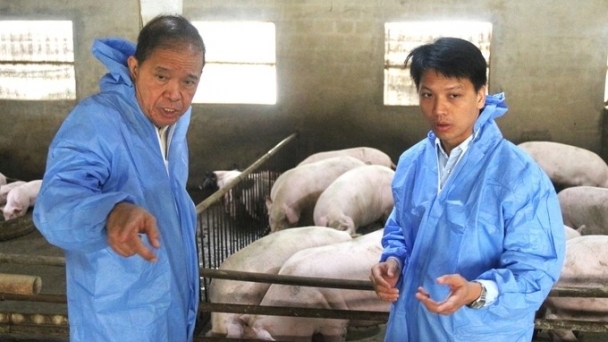
(VAN) Positive results in mass vaccination against African swine fever in Vietnam will become important evaluation bases for other countries.